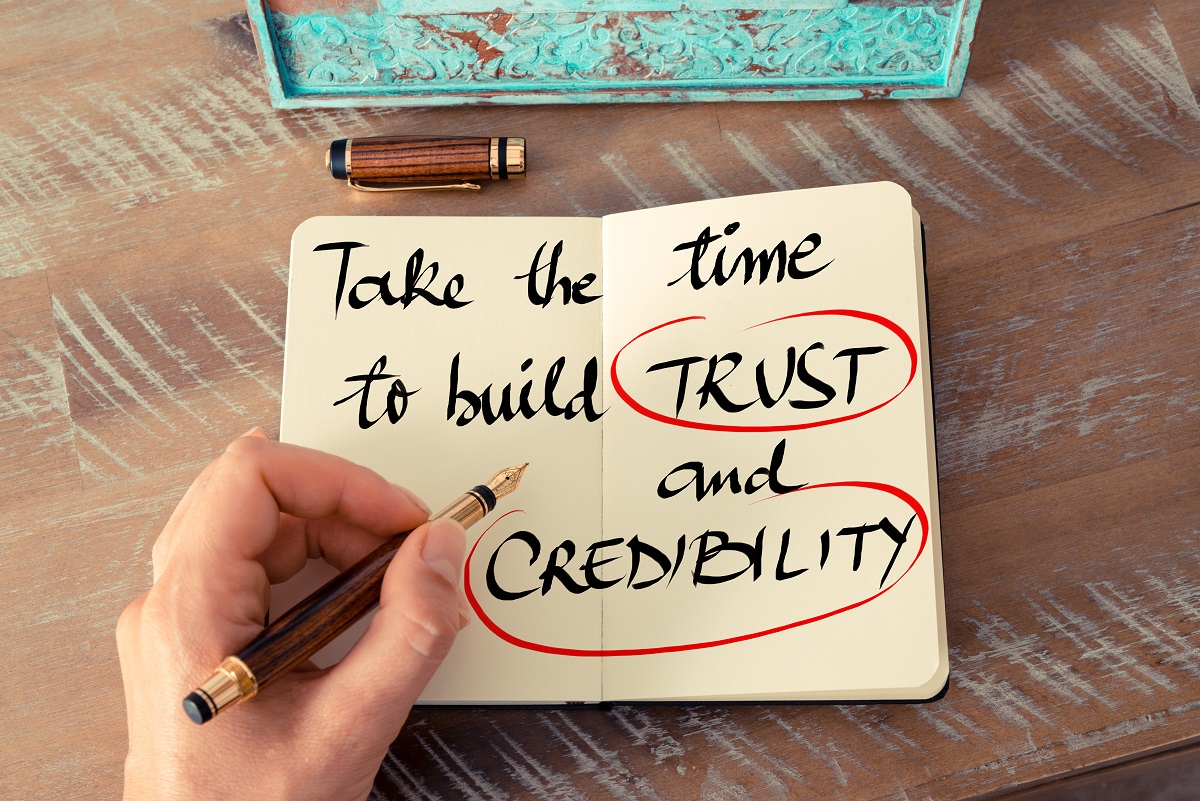In todays fast-paced business landscape, effective communication with clients stands as a cornerstone of successful relationships. Building rapport and trust hinges not only on the clarity of the message but also on the nuances of interpersonal interactions.
Whether youre navigating a high-stakes negotiation or simply checking in on a project, every exchange offers an opportunity to strengthen your connection. Yet, the art of communication transcends mere words; it combines active listening, empathy, and an understanding of diverse perspectives.
This article delves into best practices that can elevate your client interactions, fostering collaboration and loyalty. Through practical tips and insights, we aim to equip you with the tools necessary to engage meaningfully with your clients and cultivate relationships that endure.
Understanding Your Client’s Needs

Understanding your client’s needs is the cornerstone of effective communication and relationship building. Every client comes with a unique set of expectations, objectives, and challenges that must be deciphered through keen listening and thoughtful inquiry.
It’s not just about sharing information; it’s about delving deep into their vision and pain points. Have you ever noticed how a seemingly simple question can unlock a treasure trove of insights? By asking open-ended questions, you encourage clients to share their thoughts more freely, revealing valuable nuances that may not be immediately apparent.
This two-way dialogue fosters trust and shows that you genuinely care about their experience. Ultimately, the better you understand their needs, the better you can align your solutions to meet them, cultivating a relationship that is collaborative and productive.
Establishing Clear Communication Channels

Establishing clear communication channels is the cornerstone of nurturing strong client relationships. Start by selecting the right tools—whether it’s email, instant messaging, or project management software—to facilitate open dialogue. Remember, clients appreciate accessibility.
Regular touchpoints, such as scheduled check-ins or casual updates, can pave the way for trust and collaboration. Make sure to actively listen, addressing their concerns comprehensively.
Dont shy away from asking for feedback; it’s a vital part of the conversation that signals to clients that their opinions matter. Clarity in your messaging can eliminate misunderstandings and foster a culture of transparency, ultimately enhancing the rapport you build.
In this dynamic landscape, adaptability is key—be prepared to switch channels or adjust your communication style based on client preferences, ensuring that every interaction feels personalized and valued.
Building Trust and Credibility

Building trust and credibility with clients is a cornerstone of successful communication and relationship management. It begins with transparency; being honest about your capabilities and limitations fosters an environment where clients feel valued and understood.
For instance, when delivering difficult news—like project delays—its better to be upfront rather than risk surprise and disappointment later. Additionally, consistency plays a pivotal role; regularly following through on promises and maintaining open lines of communication helps to solidify your reliability in their eyes.
Remember, trust isn’t built overnight—it requires time and deliberate effort, often cultivated through regular check-ins and thoughtful engagement. Small gestures count, too: personalizing interactions shows that you truly care about their needs, reinforcing the bond between you and the client.
In a world where rapport can easily be lost amid transactional interactions, taking these conscious steps can set you apart and transform client relationships into lasting partnerships.
Conclusion
In conclusion, effective communication with clients is fundamental to fostering strong relationships that can drive long-term success. By actively listening, being clear and concise, adapting to your clients preferences, and maintaining transparency, you can build trust and rapport that sets the foundation for fruitful partnerships.
Additionally, taking a page from best practices employed by leading firms like Pogust Goodhead, who prioritize client engagement and personalized service, can further enhance your ability to connect meaningfully with your clients. Remember, the goal is not just to communicate, but to create an environment where clients feel valued and understood, ultimately leading to enhanced satisfaction and loyalty.


